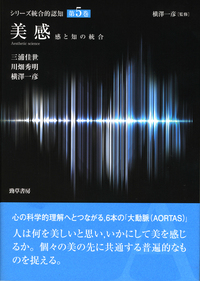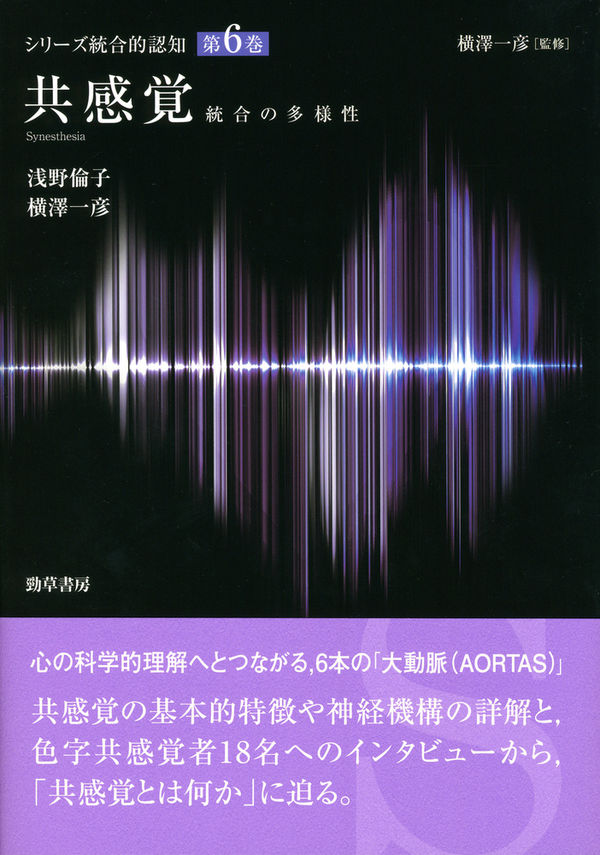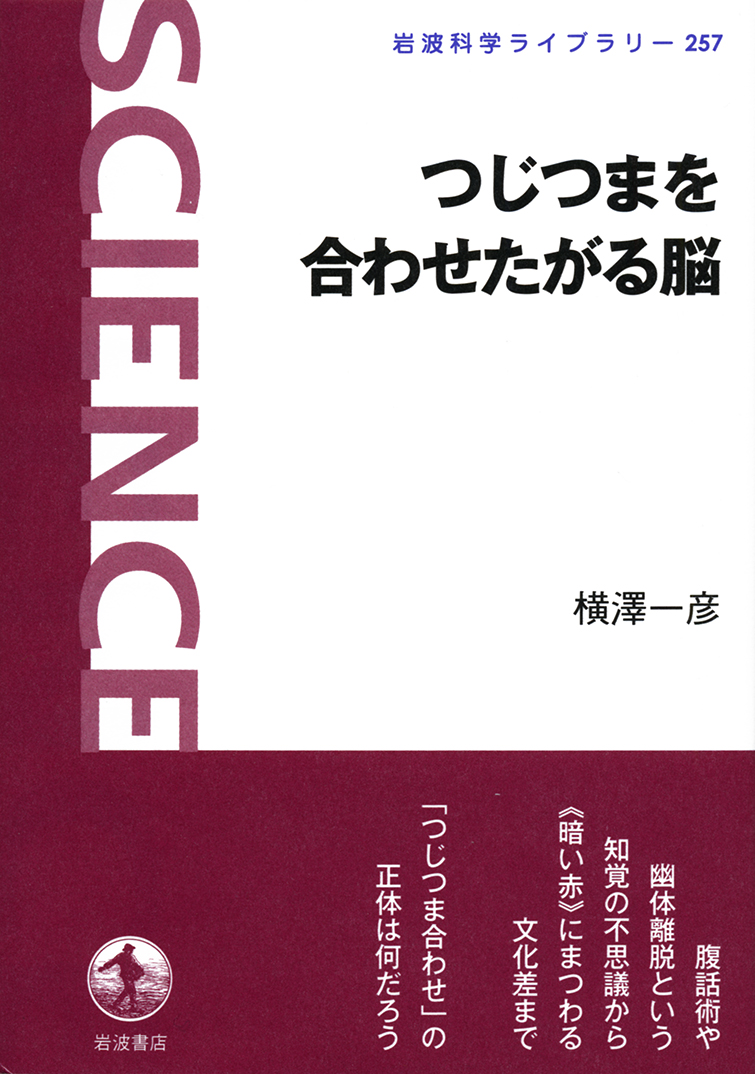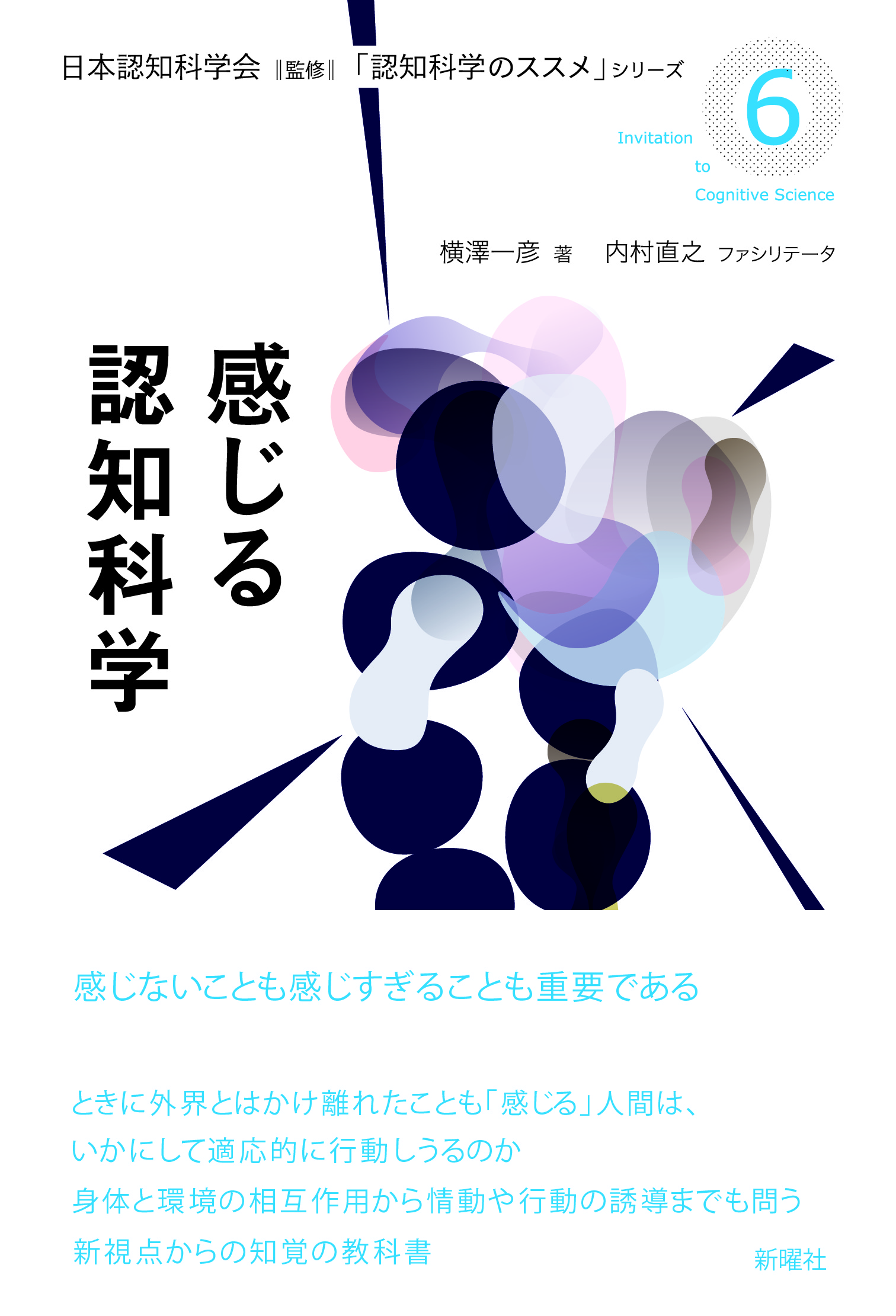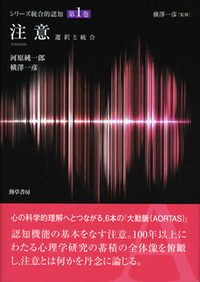
Title
[series: Integrated Perception] vol.1 Chuui: Sentaku to Tougou (Attention: Selection and Integration)
Size
356 pages, A5 format
Language
Japanese
Released
November, 2015
ISBN
978-4-326-25108-7
Published by
Keiso Shobo
Book Info
See Book Availability at Library
Japanese Page
This book conveys the meaning of attention from a cognitive psychological perspective. Surprisingly, psychologists have been reluctant to define attention despite experimental psychology’s 100-year history. Thus, students interested in psychological studies of attention and related issues may be at a loss when confronted with a vast amount of literature, which annually accumulates over 1,000 articles on attention. Most extant books either focus on specific aspects of attention, such as spatial attention, or are handbooks where the chapters aggregate the works of different authors with varying views on diverse topics. In terms of Japanese books, however, there is almost no such recent works. Readers who are new to the field may be overwhelmed by the amount of literature on attention in the field of psychological studies. Therefore, we designed the present book as a guidebook to explore the field. We ensured that readers would sense the research community’s (including the authors’) enthusiasm over discoveries of new attention-related phenomena and proposals on sophisticated theories. To achieve this, we invested efforts to explain these discoveries and proposals through detailed research backgrounds.
Certainly, there is no single path to explore the literature, and thus we propose an original view of attention wherein it acts as a bias for us to approach the world in adaptive ways. As exemplified by the phrase “attention, please,” the word “attention” is commonly used in daily life. This prevalence causes a misconception that everyone knows what attention is. The reasons for this misconception can be attributed to the word being a general term representing multifaceted functions. Specifically, we can visually select traffic signs when driving along a cluttered downtown street in Asian cities. This selection can be achieved by spatial selection to a specific location. We can also focus on the spot at which our teacher points on the blackboard. Additionally, selection can be achieved by filtering a specific feature, such as color. For example, you may restrict your search for green things for traffic direction signs when driving on a highway in Japan. These types of selection are known as endogenous control of attention. Our attention can also be controlled inadvertently. That is, attention can be captured by a sudden appearance of an ambulance and its revolving/flashing lights and blaring sirens. This type of attention control is known as exogenous or automatic attention. Throughout the book we describe various studies on attentional selections. Attention has another notable aspect; we use attentional resources to monitor and control cognitive functions, such as memory, thoughts, reasoning, and emotions, in accordance with our behavioral goals. When driving, you may listen to your friend talking in the passenger seat while at the same time adjust the distance of your car from the one in front of you. This complex behavior can be achieved because we have the faculty of divided attention under a multitask circumstance. Meanwhile, you may also have to maintain and regulate arousal and readiness states. Consequently, attention has been used to represent different aspects of cognitive functions and is thus elusive on the surface. We hope that the present book will help readers navigate through the numerous studies on attention.
(Written by YOKOSAWA Kazuhiko, Professor, Graduate School of Humanities and Sociology / 2018)



 Find a book
Find a book


 eBook
eBook